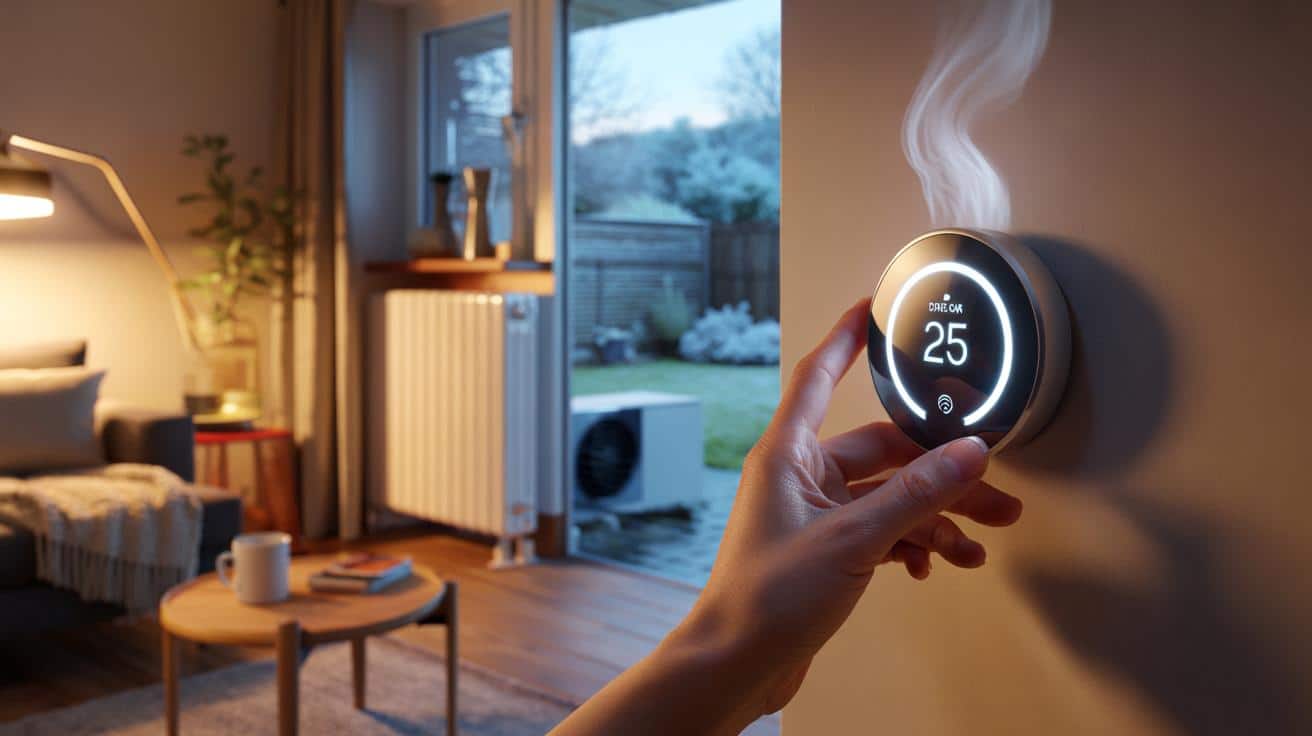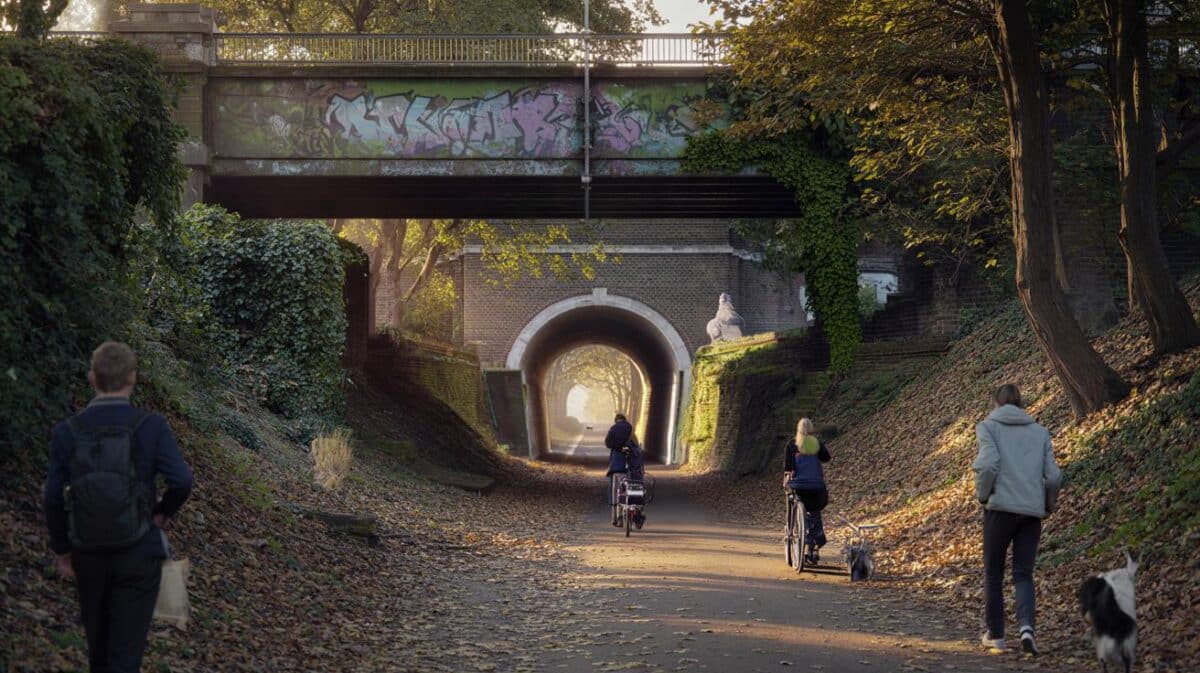As thermostats click on across the country, MoneySavingExpert, founded by Martin Lewis, has set out when to run the boiler and when to let it rest.
What MoneySavingExpert says
The long-running argument splits into two camps. One group keeps radiators at a low, steady temperature all day. The other runs heat only when needed. Drawing on guidance from the Energy Saving Trust, industry engineers and feedback from bill-payers, MoneySavingExpert points to a clear baseline for most homes.
For the typical gas-heated property, leaving the heating on all day increases heat loss and usually increases cost.
The logic is straightforward. Warm air and warm walls leak heat through the building fabric. The longer you maintain a temperature difference with the outside, the more energy you need to replace what escapes. Timers and thermostats that warm rooms only when you need them usually reduce this loss.
When the low-and-slow method makes sense
The “low and slow” approach is not a myth. It can work in specific setups, especially where the heating system performs best under gentle, prolonged operation.
Heat pumps and modern condensing boilers
Heat pumps deliver steady, low-temperature heat most efficiently. They thrive when they maintain a modest indoor temperature rather than “chasing” large jumps. Modern condensing gas boilers also gain efficiency when they run cooler for longer, because the appliance can condense more water vapour and reclaim waste heat.
Homes with heat pumps or newer condensing boilers may suit a constant setpoint around 18–19°C, rather than sharp on–off bursts.
This strategy relies on restraint. Avoid blasting the thermostat upwards when you feel cold. Small adjustments, slow changes and good circulation help the system harvest its efficiency gains.
Insulation, mass and occupancy matter
Building fabric dictates heat loss. Well-insulated homes with cavity wall and loft insulation, and properties with underfloor heating, often respond well to a gentle, continuous heat input. If you spend most days at home, a constant background temperature can feel comfortable and predictable.
By contrast, lightweight interiors, such as homes with many plasterboard partitions that warm quickly, and households that sit empty for long periods, rarely benefit from continuous heating. In those cases, timed heating aligned with your schedule tends to cost less.
| Situation | Timed bursts usually win | Low-and-slow can work |
|---|---|---|
| Occupancy | Out most weekdays or variable hours | At home most of the day and evening |
| System | Older non-condensing boiler, fast-warming rads | Heat pump or modern condensing boiler |
| Fabric | Light internal walls, draughty doors/windows | Good cavity/loft insulation, tight draught-proofing |
| Emitters | Standard radiators only | Underfloor heating or oversized radiators |
| Comfort | Quick warm-up wanted, predictable schedule | Steady background warmth preferred |
What about condensation, damp and mould?
Another concern often raised is moisture. When heating cycles off, walls can cool, and any indoor humidity can condense on cold surfaces. Repeated swings can encourage damp patches, which then grow mould. A steady background temperature reduces these peaks and troughs, especially in corners and behind furniture.
Ventilation balances the equation. Trickle vents, kitchen and bathroom extractors, and short, sharp window openings move moist air out. Dehumidifiers help in problem rooms. The choice between timed and constant heat should sit alongside moisture control, not replace it.
Test it in your home
No two houses lose heat at the same rate. The quickest way to settle the question for your property is to measure it.
Let your meter, not your memory, decide which schedule costs less in your home.
- Pick two comparable weeks with similar outdoor temperatures.
- Week A: run timed heating that matches your routine.
- Week B: try a constant setpoint around 18–19°C.
- Note daily gas and electricity meter readings at the same time each day.
- Keep everything else identical: room setpoints, hot water schedules, occupancy and appliance use.
- Compare total kWh used and comfort levels. Switch back if bills rise or rooms feel worse.
Smart meters make this easier with half-hourly data. If you use manual meters, take a photo each day to avoid errors. Try not to compare a mild week with a frosty snap; the weather will dominate the result.
Practical tweaks that cut costs either way
Small adjustments can trim bills regardless of your chosen schedule.
- Set room thermostats thoughtfully: living spaces a touch warmer, bedrooms cooler, unused rooms lower but not off.
- Use thermostatic radiator valves to fine-tune individual rooms and avoid overheating.
- Lower the boiler’s flow temperature on modern condensing models so they condense more; many homes run well below 60°C. Check your manual.
- Bleed radiators, balance the system and keep furniture clear of radiators to improve heat distribution.
- Shut curtains and blinds after dusk, fit draught strips on doors, and seal obvious gaps around pipes and skirting.
- Schedule hot water separately from space heating so you are not heating the cylinder when nobody needs it.
Why “more heat time” can still work out cheaper in some homes
This puzzles many bill-payers. If you run the system longer, why doesn’t it always cost more? With heat pumps and well-optimised condensing boilers, low flow temperatures push the system into a more efficient operating zone. The equipment extracts more useful heat per unit of energy. In a well-insulated home, the reduced heat loss can offset the extra run time.
That balance tips quickly if the property leaks heat, if thermostats get cranked up in frustration, or if you spend long hours away. Then the longer runtime simply drives more heat through walls and windows, and the meter spins faster.
A quick sense check for your setup
Ask yourself a few questions before you pick a strategy:
- Do I have a heat pump or a condensing boiler? If yes, gentle and steady may help.
- Is my home well insulated, with cavity and loft insulation intact? If yes, low-and-slow has a better chance.
- Am I home most of the day? If no, timed heat usually makes more sense.
- Do I see condensation on windows and cold corners? If yes, avoid big temperature swings and improve ventilation.
Extra tips for different households
If you work from home
Heat the rooms you use and drop setpoints elsewhere. A small electric heater in a tiny office can make sense for short bursts, but compare its kWh rate with gas. Avoid heating empty rooms to living-room temperatures.
If you commute most days
Program a warm-up before you rise and just before you return. Let the temperature drift down while you are away. Use holiday mode when you travel. Keep a modest background setpoint to protect pipes in cold snaps.
Most readers will save by heating only when needed. Some will do better with a gentle 18–19°C baseline. Your walls, your system and your routine decide.








Brilliant explainer—the meter-vs-memory test is gold. Definitley trying this next week.